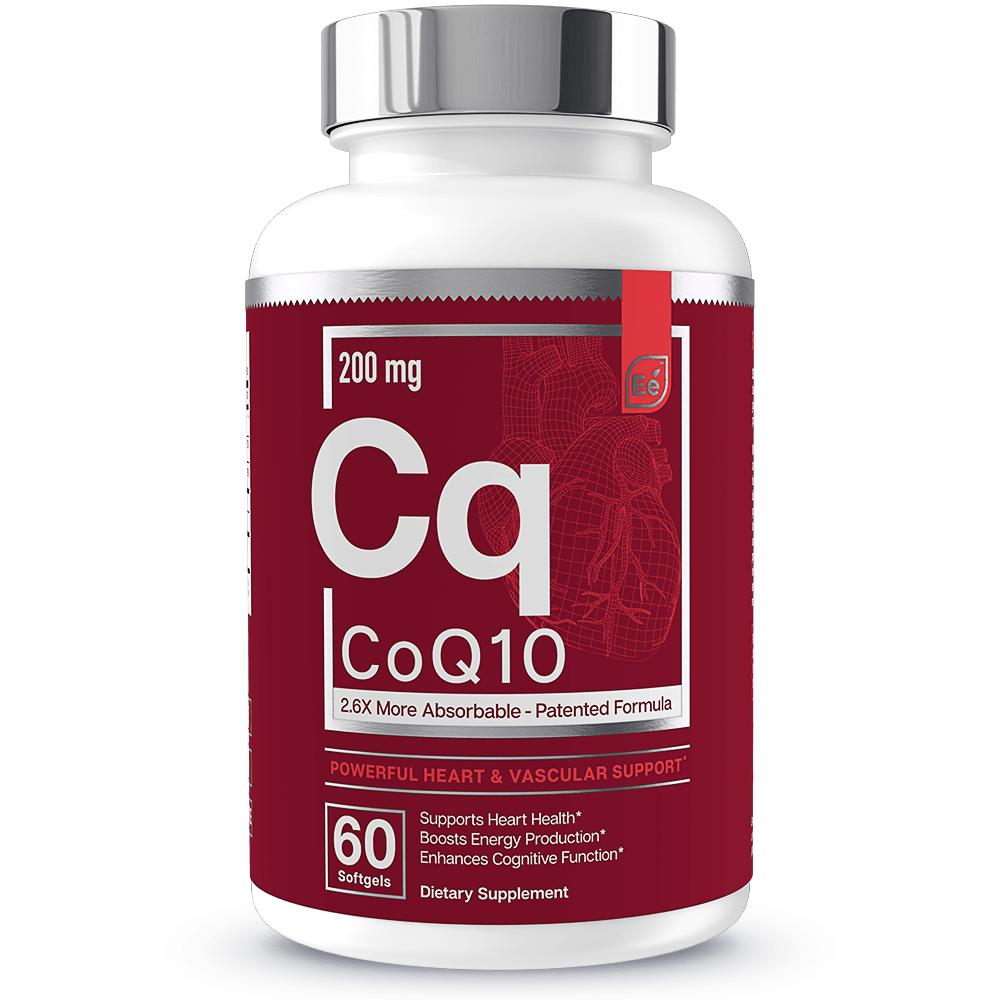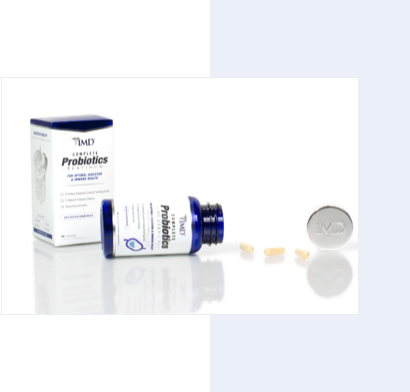Nourishing Roasted Butternut Squash Soup
10 minute read
In the drive to look and feel our best, we may bounce back and forth between numerous diet plans. Should we eat like our cave-dwelling ancestors, focusing on meats and staying clear of the bread basket or is it better to follow a plant-based diet? The answer really lies in how we feel and can vary throughout our lifetimes. This idea is supported by a theory known as biochemical individuality or bio-individuality.
What is Biochemical Individuality?
If we look around a room full of people, we notice differences in body composition, anatomy, metabolism. The meal plan keeps your best friend or your spouse feeling his or her best isn’t necessarily the best one for you.
| Related: The Arthritis Diet: Eating Your Way to Inflammation Relief |
Through trial and error, you can find the optimal diet for your body, age, and lifestyle. Often, we can apply scientific principles behind a particular eating plan to a diet plan that suits our individual needs.
Healthy Eating
What most healthy diet protocols have in common is a focus on whole foods instead of processed convenience foods high in sugar, sodium, and additives. Whether you choose to follow a diet higher in meat-based proteins or to a more plant-based diet, the key is to avoid fast food burgers and processed soy burgers in favor of natural ingredients.
The Paleo® Diet
This popular diet is predicated on pursuing the way our predecessors presumably ate, focused on meat, poultry, fish, eggs, as well as fruits, vegetables, nuts and seeds, healthy fats and oils. This diet restricts processed foods, sugars, soft drinks, artificial sweeteners, as well as trans fats and vegetable oils.
| Related: The Ultimate Guide to the Ketogenic Diet |
The controversial elements of the diet typically center around the avoidance of grains, legumes, and dairy products, which can provide health benefits, as well as whether the optimal diet thousands of years ago is necessarily the best way of eating today.

Apply Paleo® to Any Diet
Thousands of years ago, fast food, takeout pizza, and diet soft drinks did not exist. Our ancestors weren’t heating up a frozen dinner or popcorn in the microwave. The principles of Paleo® eschew these modern conveniences in favor of a back-to-nature practice.
Restricting or even eliminating processed food, soft drinks, trans fats, and vegetable oils can provide health benefits, regardless whether the diet includes meat or grains.
Restrict Sugar
For one in ten Americans, sugar contributes 25 percent or more of daily calories. A 15-year longitudinal study tracking sugar intake concluded that those subjects who consumed 25 percent or more of their calories from sugar had double the risk of cardiovascular death than those who consumed less than 10 percent of their calories in sugar.
Additionally, excessive amounts of glucose can increase cytokines, which stimulate inflammatory responses. Sugar inhibits the ability of the white blood cells to fight pathogens, making us more vulnerable to infectious disease.
Insulin Resistance & Type 2 Diabetes
As part of the metabolic process, the pancreas produces insulin to release into the bloodstream to assist in breaking down carbohydrates (sugars and starches) into glucose to be utilized for energy. This essential hormone plays a role in glucose absorption by muscle, fat, and liver cells, as well as stimulating the liver and muscle to store excess glucose in glycogen. In addition, insulin reduces the production of glucose in the liver. All of these stabilize glucose and insulin levels in healthy people.
However, this stabilization or homeostasis can get out of whack when muscle, fat, and liver cells stop responding to insulin and are unable to absorb glucose, requiring increasing amounts of insulin for this process. If unchecked, insulin resistance can lead to prediabetes and Type 2 diabetes, as well as other health disorders.
Risk factors for insulin resistance (and Type 2 diabetes) include metabolic syndrome, characterized by excess weight, particularly in the abdomen. The American Diabetes Association® suggests avoiding sugar-sweetened beverages like soft or sports drinks, fruit punch or drinks, and sweetened tea because they raise blood glucose levels and provide extra calories, which can lead to weight gain.

Trans Fats & Vegetable Oils
Trans fats are manufactured by adding hydrogen molecules into vegetable oil so the oils are solid at room temperature. These dangerous fats are found in baked goods (shortening, partially hydrogenated vegetable oil, ready-made frosting), snack foods (chips, packaged or microwave popcorn), fried food (donuts, french fries, fried chicken), refrigerator dough (pie crusts, canned biscuits and cinnamon rolls, frozen pizza), non-dairy coffee creamer, and stick margarine.
These fats not only increase low density lipo-protein (LDL) levels, “bad” cholesterol,” but also decrease HDL or “good cholesterol,” which carries away LDL to the liver for elimination.
Vegetable oils such as soy, corn, sunflower, safflower, and palm oil are also a health risk because the increasing consumption of these oils are concentrated with Omega-6 fatty acids, which promote inflammation, and are low in Omega-3 fatty acids. The recommended ratio of Omega-6s to Omega-3s is 1:1 but currently, the typical American diet is around 20:1 because of high vegetable oil consumption in fried and processed foods.

What To Avoid
♦ Trans Fats & Vegetable Oils
♦ Fast food
♦ Refined flour and sugars
♦ Artificial sweeteners, colors, and additives
♦ Processed foods
♦ Excess alcohol
This butternut squash soup avoids the above ingredients, is gluten-free, and can be prepared for plant-based diets by using a vegetable broth base, as well as coconut oil and coconut milk. Instead of using a boxed vegetable broth that may be high in sodium and low in flavor, why not prepare your own in the slow cooker to use in recipes or as a snack?

Roasted Butternut Squash Soup Recipe
Prep Time: 20 minutes
Cooking Time: 45 minutes
Ingredients
1 tbsp ghee, olive oil, or coconut oil
1 large butternut squash, peeled and diced
3 carrots, diced
1/2 medium onion, roughly chopped
2 to 3 cups chicken or vegetable broth* (unsalted, if possible)
1/2 cup full-fat coconut milk, optional
1/2 tbsp cinnamon
1/8 tsp ground sage
1/8 tsp nutmeg
Sea salt and pepper, to taste
Instructions
1. Preheat the oven to 375° F. Line a baking sheet with aluminum foil or parchment paper.
2. Put squash, carrots, and onion onto baking sheet. Drizzle with the oil and sprinkle with sea salt. Roast for about 30-45 minutes on until soft and caramelized. You may need to remove carrots and onion, setting aside until squash is cooked.
3. Remove and allow to cool. Place roasted veggies, stock, coconut milk (optional), cinnamon, sage, nutmeg and a little cracked pepper into the blender or in a bowl, using immersion blender.
4. Process for 3-4 minutes, adjusting the amount of stock if necessary to thin the soup out a bit. The result should be a smooth consistency.

Slow Cooker Vegetable Broth
Makes: 8 cups
Prep Time: 8 minutes
Cooking Time: 8 hours
Ingredients
1 tablespoon olive oil
2 medium-size yellow onions, peeled and quartered
2 large carrots, washed and cut into 1-inch pieces
1 celery rib, cut into 1-inch pieces
3 garlic cloves, unpeeled
Peels from 2 large well-scrubbed sweet potatoes
1 bay leaf
⅓ cup chopped flat leaf parsley leaves
½ teaspoon black peppercorns
2 teaspoons tamari, gluten free soy sauce
1 teaspoon salt
8 cups of water
Instructions:
1. Drizzle the olive oil into the bottom of a 4-6 quart slow cooker. Add all of the remaining ingredients to the slow cooker and stir to combine. Cover and cook on low for 8 to 10 hours.
2. When the broth has finished cooking, allow it to cool in the crock pot; then strain through a fine mesh sieve into a pot or bowl. Use the back of a spoon to press the veggies against the sieve to strain out all of the juices.
3. Store the cooled stock in mason jars, or other tightly sealed containers in the fridge for 3-5 days or in the freezer for up to 3 months.

Read Next >>> 14 Therapeutic Whole Foods To Kick Start Your Health

-
http://thismessisours.com/recipes/slow-cooker-vegetable-broth-gluten-free-and-vegan/
-
https://stupideasypaleo.com/2016/12/03/roasted-butternut-squash-soup/
-
https://www.healthline.com/nutrition/paleo-diet-meal-plan-and-menu
-
https://www.health.harvard.edu/blog/eating-too-much-added-sugar-increases-the-risk-of-dying-with-heart-disease-201402067021
-
http://www.eatthis.com/foods-that-cause-inflammation/
-
https://www.niddk.nih.gov/health-information/diabetes/overview/what-is-diabetes/prediabetes-insulin-resistance
-
http://www.diabetes.org/diabetes-basics/myths/?referrer=https://www.google.com/
-
https://www.mayoclinic.org/diseases-conditions/high-blood-cholesterol/in-depth/trans-fat/art-20046114

























 Health Guides
Health Guides
 Latest Research
Latest Research


